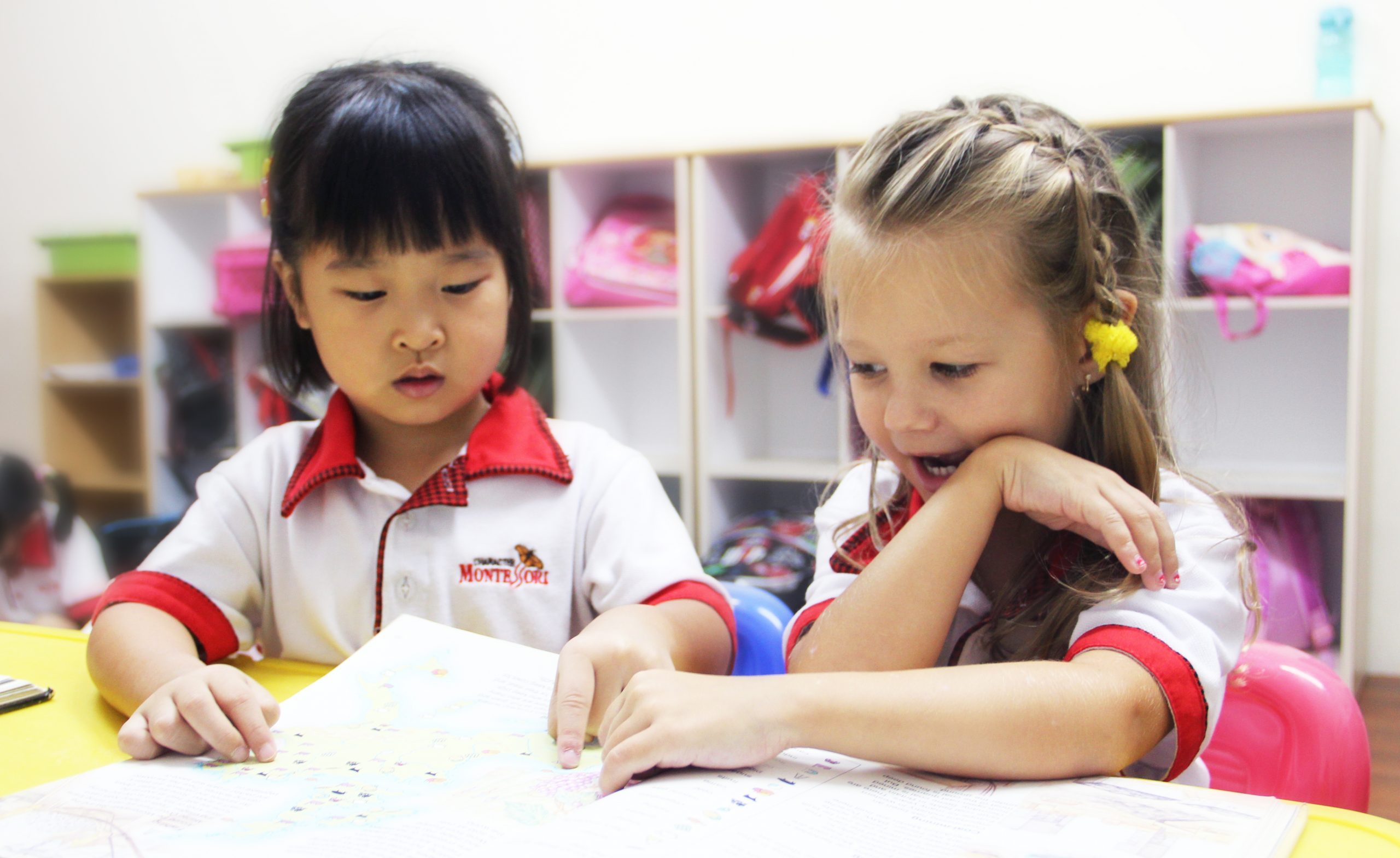Teaching children the value of gratitude and graciousness can help them grow up as happy and emotionally healthy adults.
There are so many things to be thankful for, but it’s human nature to sometimes forget to appreciate what you have. Your little one is no different. You can, for instance, prompt your preschooler to say “thank you” when he receives a storybook from Grandma on his birthday. But the challenge is to help him see why he should be contented with what he has received, instead of that big toy he wants.
That is why it’s important to teach your child the value of gratitude. Being grateful helps children develop a positive attitude and to look on the bright side of life. This is one of the key values – including respect, responsibility honesty and care – you want to impart to your child through character education.
SHAPING CHARACTER
“Character education involves teaching children about rules and giving the moral or practical reasons for them, as well as training the little ones in the skills and ability to abide by them,” says Grace Yong, executive director of Character Montessori.
The preschool programme at Character Montessori cultivates in children qualities and good habits need for achievement (also known as performance character), as well as ethical behavior in relationships (also known as moral character). This helps prepare them for primary school – both academically and intellectually, as well as socially – and even in life ahead.
COUNTING YOUR BLESSINGS
Gratitude emphasizes the importance of saying “please” and “thank you”. While it’s about being polite, it’s also about counting your blessings and not taking things for granted. “Before a child learns to be grateful, he has to learn to be contented. Teach them the difference between needs and wants, and to be careful not to create an attitude of entitlement,” says Grace. Train your child to request: “Please, may I…” instead of “I Want…” Ask them: “Would you like to have some…” instead of “Do you want…”
Day-to-day activities are perfect opportunities for children to learn. For example, when you’re at a restaurant, say “please” and “thank you” to the waitresses when they serve you. Encourage your child to do the same. Or bring him along when you do volunteer work. Tell him: “I’m thankful that we’re able to help others. It feels even better to give than to receive.”
BEING GRACIOUS TO OTHERS
When you teach your child to be thankful for what he has, you can then encourage him to give generously and be gracious to others. More than just being willing to share what you have; graciousness is being generous in words and attitude – like not holding grudges and looking for the good in everyone.
For example, when another child snatches your little one’s toy, tell him to say: “If you want to play, ask me nicely and I will play with you. Please say sorry. I will forgive you.”
Developing a grateful and gracious attitude from young helps children to grow up to become happier and emotionally healthier people, who are also filial to their parents.
TRY THIS!
Grace Yong suggests the following activity to cultivate gratitude and graciousness in your child.
Keep a “happiness bowl”
Get a transparent bowl and some marbles. Explain to your child that when he says good things about others, both sides will feel happy – but not when he says hurtful things or complains. Add a marble to the bowl when someone affirms or expresses gratitude – which is part of being gracious – and remove one when someone complains, is rude or criticizes. This acts as a visual indicator for your child on the consequences of his actions. Involve everyone in the family and plan a celebration when the bowl is full.
Visit www.cm-preschool.com for more home activities and information!

